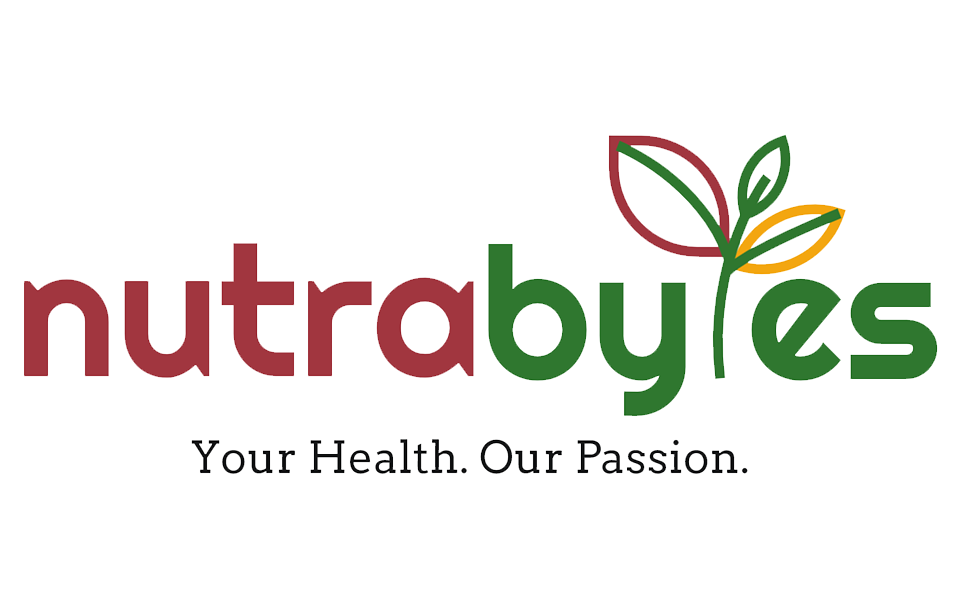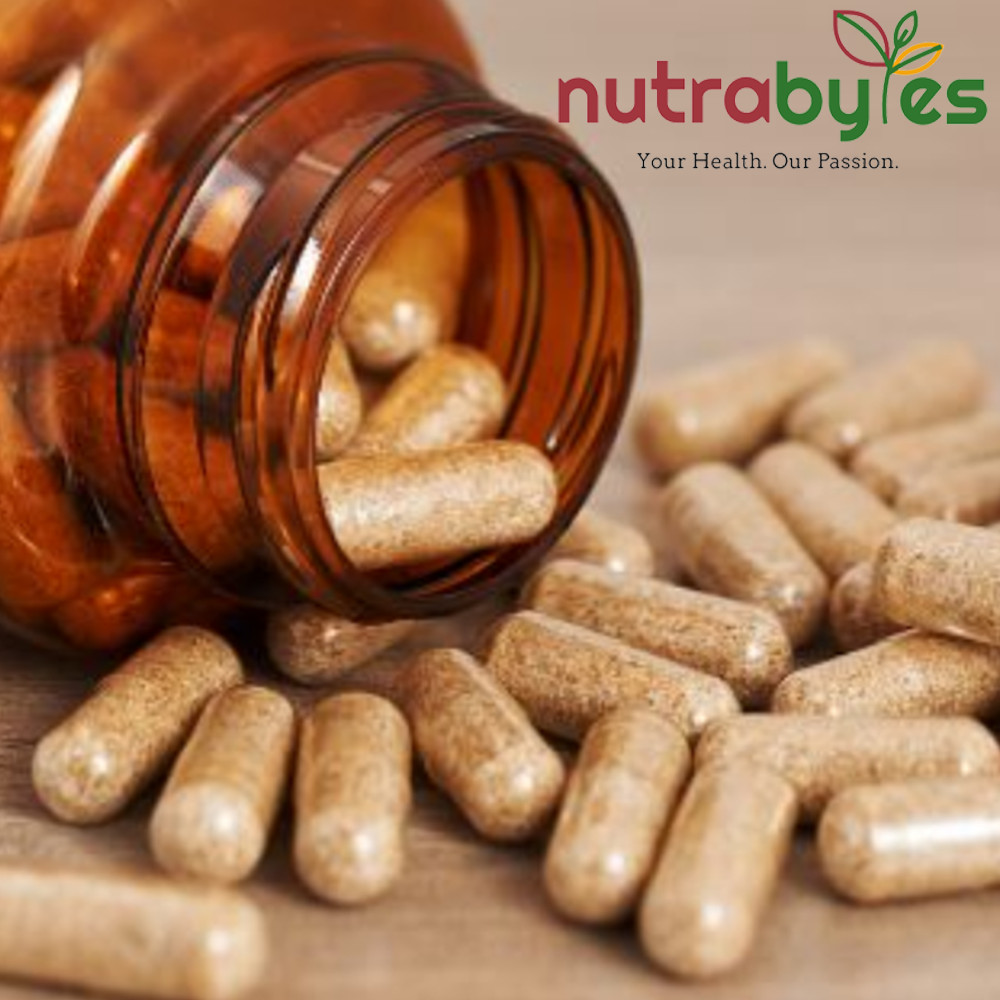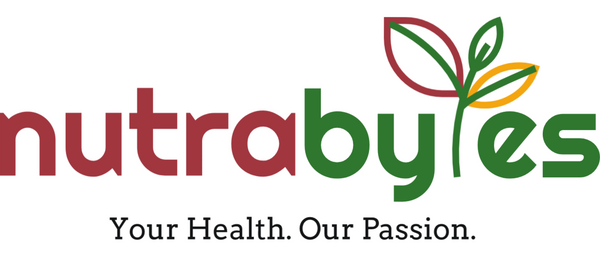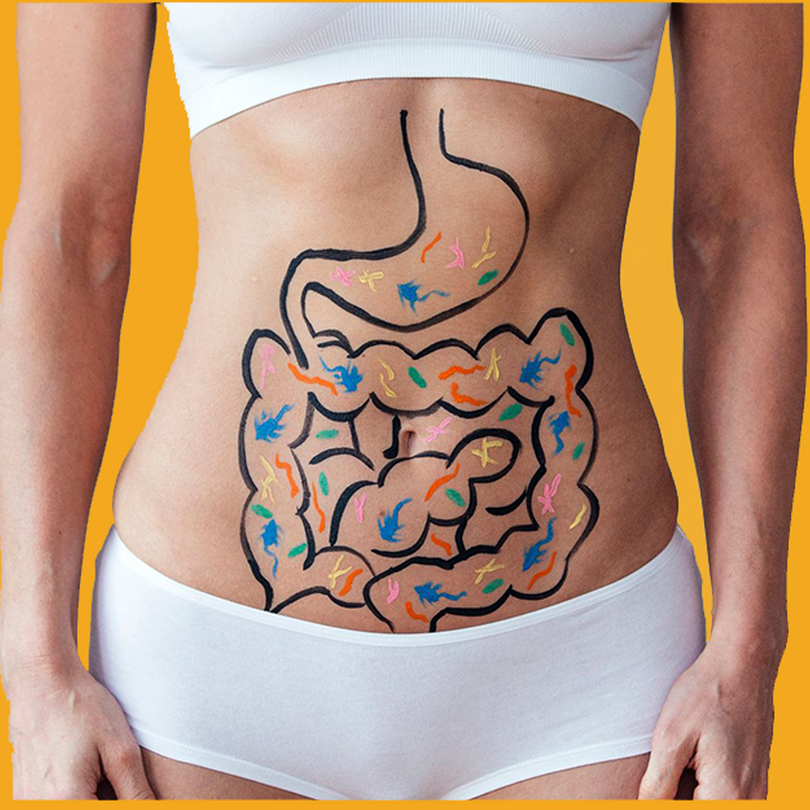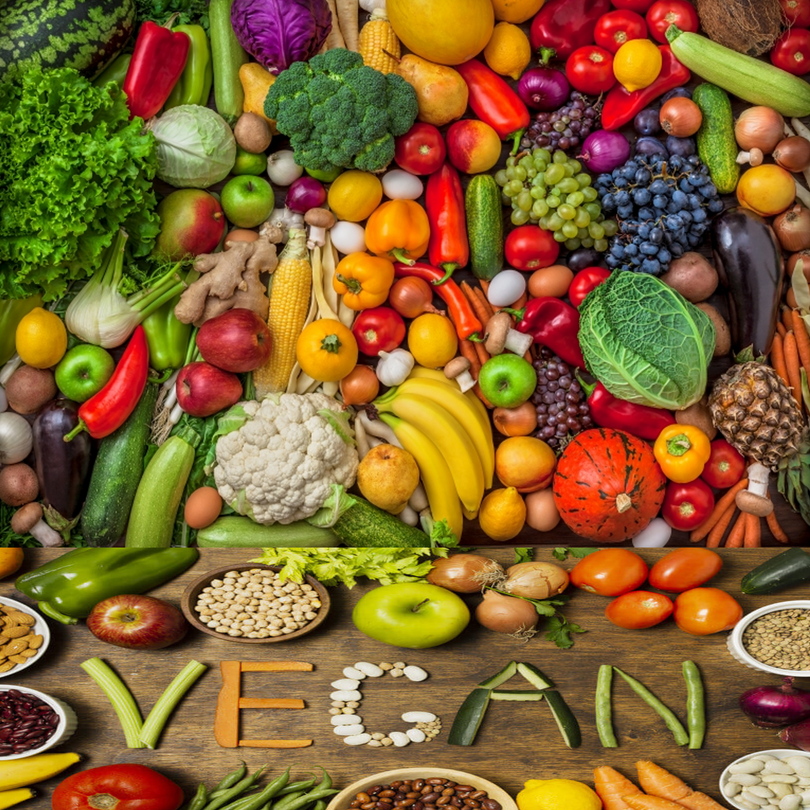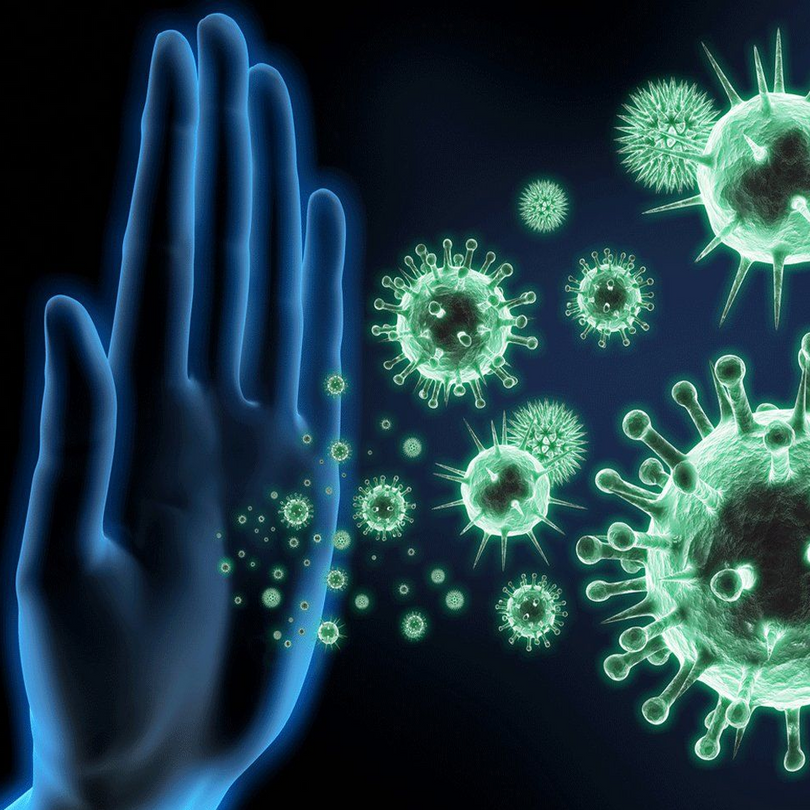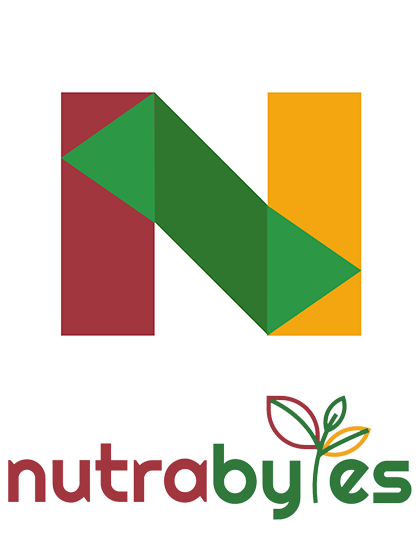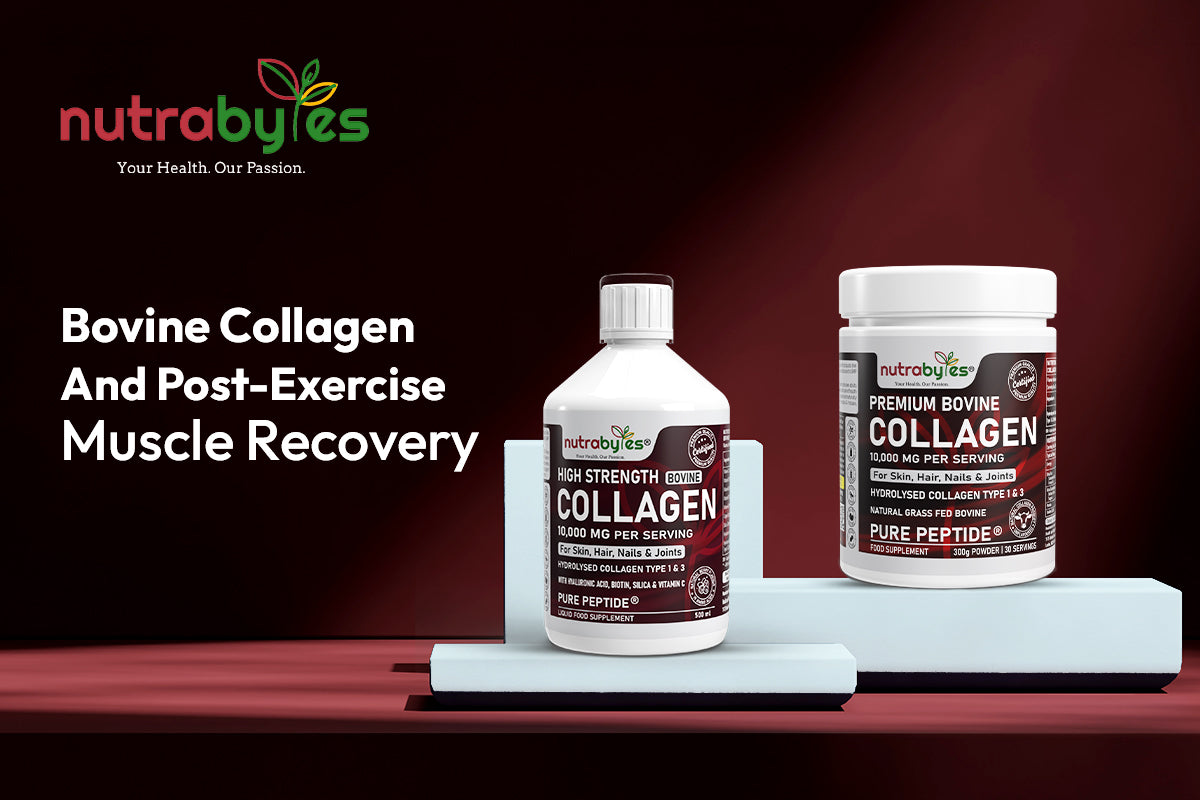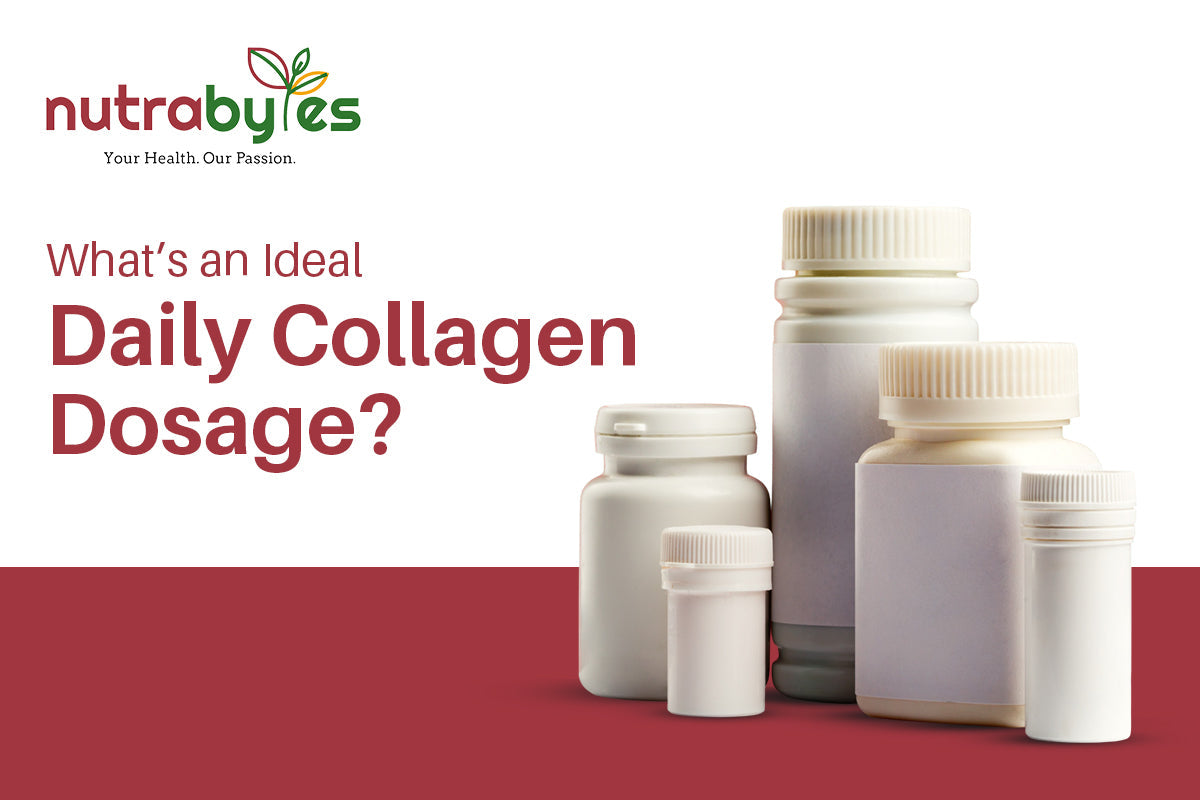Whether you’ve just started hitting the gym or have been physically active for the longest time ever, you’ll know that hardcore workouts and physical activities like running or swimming cause sore muscles, fatigue, and tiredness lasting for the next few days.
Yet it’s important to bounce back from this and keep the momentum going. After all, if you want to see results, you have got to be consistent in your gym or outdoor running routine.
Being able to recover from muscle soreness and fatigue quickly puts you back on track to kill it at the gym the next day. See results faster and achieve your fitness goals, all without breaking a sweat!
So, how do you go from feeling sore and strained to whole and sustained? Bovine collagen may be the answer. Bovine collagen peptides have a greater concentration of Type 3 collagen, which is what your skeletal muscles are made up of. It also helps in building muscles, joints, and soft tissues.
But how does it help you recover from post-exercise muscle soreness? And is it really that effective? Let’s uncover the unadulterated truth of the role Bovine Collagen plays in post-exercise muscle recovery.
Find out!
What Happens When You Exercise?
When you exercise or are playing sports, your muscles are under a lot of strain and stress. Especially during resistance or strength training (e.g., lifting weights). What happens next is that tiny microtears begin to appear in the muscles. These tiny breaks in the muscle fibre are an essential part of the muscle-building process.
Now, as you continue working out, your muscles quickly use up your body’s energy currency, ATP (adenosine triphosphate). To maintain a steady flow of ATP, the body relies on processes that utilise carbohydrates (glycolysis) and proteins (the phosphagen system).
Strangely, the body can’t sustain this strenuous activity for long. Within seconds, by-products of this energy expenditure, namely lactic acid, begin to build up in your muscles. Lactic acid hinders muscle activity, making them feel sore and tired. DOMS (Delayed Onset Muscle Soreness) sets in after a while as your body’s natural response to all this exertion.
Now, you need to rest and let your body recover. The right nutrition helps speed this up. Protein intake helps to repair the microtears quickly, causing stronger and thicker muscle fibres to form.
The Physiological Processes Involved In Muscle Recovery
When the microtears appear on the muscles, they cause inflammation.
The body’s natural response is to increase blood flow to these inflamed parts. Nutrients and immune cells in the blood are used to start off the “healing” process, leading to the repair and restoration of the muscles.
As a result, protein synthesis is ramped up. For the next 48 hours, your body will work hard to create new proteins to “patch up” the microtears. It will also begin the removal of toxic wastes like lactic acid through increased blood circulation and lymphatic drainage.
Ultimately, a few weeks of consistent exercise lead to muscle hypertrophy, which is the term used to describe an increase in muscle size due to the growth of muscle fibres. Muscle growth is the beginning of your fitness journey as it powers fitness factors like strength and endurance.
Now, you may ask what role bovine collagen plays in all this?
Remember how we told you the body needed a supply of proteins to keep up the ATP production and assist in the rebuilding of the muscle fibres? Bovine collagen peptide supplements provide the required amino acids needed in both cases.
How To Recover Right With Bovine Collagen Peptides
When you take bovine collagen peptides after a workout, you are essentially ingesting the simple amino acid building blocks that are needed to make more complex proteins like collagen.
Then fibroblasts, the cells responsible for producing collagen, get stimulated to produce more collagen fibres, including the Type 3 variety found mainly in muscles. The collagen synthesis process requires the presence of key minerals like zinc, copper, iron and magnesium, along with Vitamin C, a vital antioxidant needed for wound healing, reduction of tiredness/fatigue, and immunity protection.
Taking bovine collagen supplements also adds to your daily protein intake. With protein levels up, your body is on its way to reach homeostasis once again.
DOMS-related aching, stiffness, and tenderness begin to reduce. Muscles feel thicker, and in a while, they’ll begin to “grow”. You are able to stretch again without discomfort. With adequate sleep, rest, and nutrition, your body is on the path to full post-exercise muscle recovery.
Two Hydrolysed Bovine Collagen Products from Nutrabytes That You Should Check Out
With gym goers in mind, we have created two bovine collagen supplements to support effective muscle recovery.
One is the Premium Bovine Collagen Powder, which is our high-strength bovine collagen peptide powder. It gives you a power-packed 10,000mg of Type 1 and Type 3 collagen per serving size of 10g. It’s unflavoured and blends in perfectly with your tea, coffee, smoothies or shakes.
The other one is the High-Strength Liquid Bovine Collagen. It’s our berry-flavoured bovine collagen liquid supplement that comes added with B-vitamins, copper, silica, hyaluronic acid and Vitamin C. Take 25 ml per day for the best results.
Collagen is all about being consistent. For the best results, try these food supplements for a minimum of 12 weeks. You will soon begin to notice restored and revived skin radiance, strong, healthy hair and nails, and flexible and strong joints. Not to forget an improvement in post-exercise muscle recovery!
Frequently Asked Questions
-
What are some collagen cofactors?
Cofactors are nutrients needed to support collagen production. Vitamin A is needed in the normal functioning of skin, while Vitamin C is a key collagen cofactor.
-
Why do our muscles feel a burn?
Our muscles feel a burn during exercise mainly due to the buildup of lactic acid and other metabolic by-products when our body starts running low on oxygen.
-
Is it safe to take bovine collagen supplements daily?
Yes, bovine collagen is generally safe for daily use, with few to no side effects when taken in recommended doses (typically 5–15g/day). Always check the label and consult your healthcare provider if pregnant, nursing, or managing health conditions.
References
-
Khatri, M., Naughton, R. J., Clifford, T., Harper, L. D., & Corr, L. (2021). The effects of collagen peptide supplementation on body composition, collagen synthesis, and recovery from joint injury and exercise: a systematic review. Amino acids, 53(10), 1493–1506. https://doi.org/10.1007/s00726-021-03072-x
-
Dupuy, O., Douzi, W., Theurot, D., Bosquet, L., & Dugué, B. (2018). An Evidence-Based Approach for Choosing Post-exercise Recovery Techniques to Reduce Markers of Muscle Damage, Soreness, Fatigue, and Inflammation: A Systematic Review With Meta-Analysis. Frontiers in physiology, 9, 403. https://doi.org/10.3389/fphys.2018.00403
-
Wu M, Cronin K, Crane JS. Biochemistry, Collagen Synthesis. [Updated 2023 Sep 4]. In: StatPearls [Internet]. Treasure Island (FL): StatPearls Publishing; 2025 Jan-. Available from: https://www.ncbi.nlm.nih.gov/books/NBK507709/
-
Albaugh, V. L., Mukherjee, K., & Barbul, A. (2017). Proline Precursors and Collagen Synthesis: Biochemical Challenges of Nutrient Supplementation and Wound Healing. The Journal of Nutrition, 147(11), 2011–2017. https://doi.org/10.3945/jn.117.256404
-
Kuivaniemi, H., & Tromp, G. (2019). Type III collagen (COL3A1): Gene and protein structure, tissue distribution, and associated diseases. Gene, 707, 151–171. https://doi.org/10.1016/j.gene.2019.05.003
6. Liu, X., Wu, H., Byrne, M., Krane, S., & Jaenisch, R. (1997). Type III collagen is crucial for collagen I fibrillogenesis and for normal cardiovascular development. Proceedings of the National Academy of Sciences of the United States of America, 94(5), 1852–1856. https://doi.org/10.1073/pnas.94.5.1852
